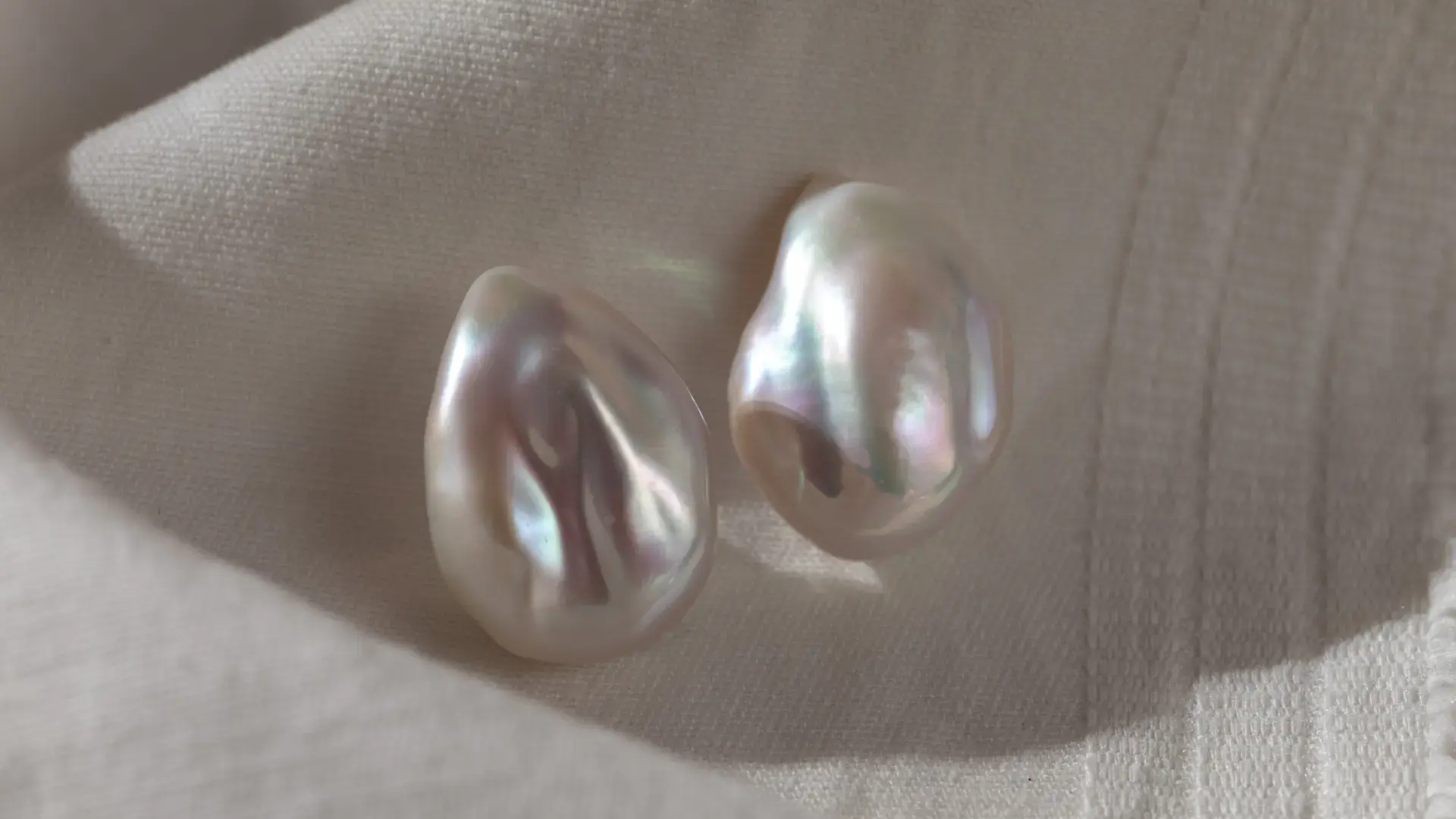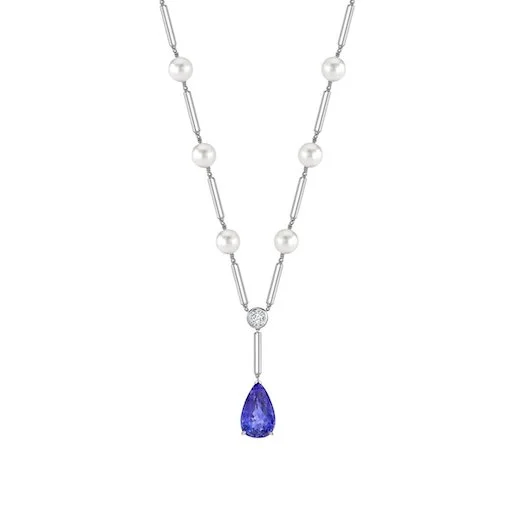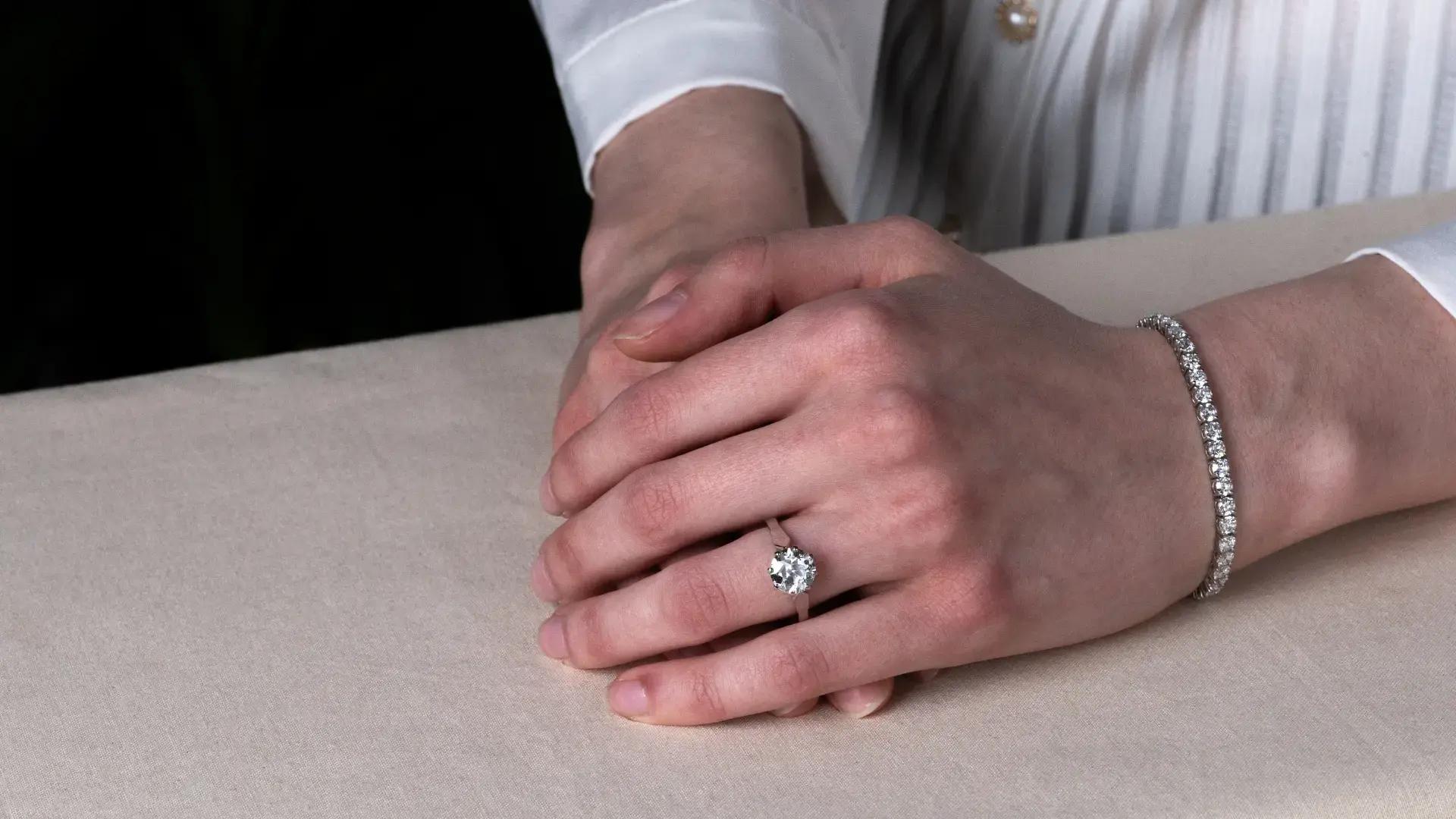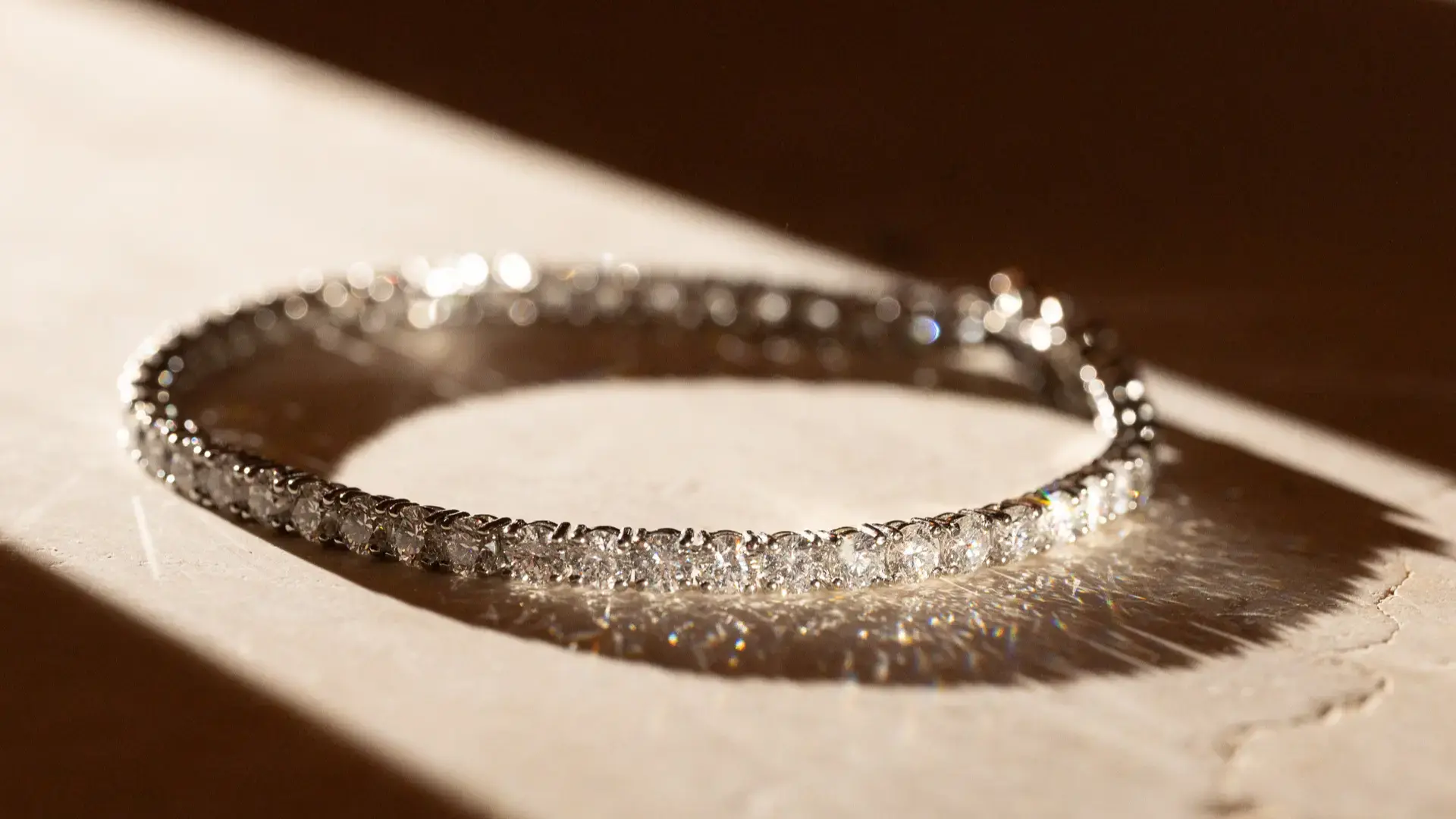Philip and the Tanzanite Necklace
Philip is a long-standing client and friend. He is also one of the most devoted husbands you can imagine. In one of his regular visits he asked to...

Pearls are quietly beautiful. They have a self-possession and subtlety that sets them apart from other gemstones. It is one of the very few gemstones that are organic. Certain styles of pearl row can feel quite dated. The neat mid-length row of same sized round creamy-white pearls feels like something out of the 1950s before society became more casual. While it's true of some styles of pearl, it is not the case then that all pearl jewellery is old-fashioned.
Margot Robbie was photographed at the European Premier of Barbie in Leicester Square in 2024 wearing a tightly arranged three-row pearl choker. Needless to say she pulled it off - but it had a wonderfully kitsch, irreverent feel - something we don't necessarily associate with pearls...
Pearls are actually very versatile and seem to be going through a process of being re-imagined. There is a place for Pearls in everyone's jewellery box, if you have the inspiration and imagination to find something that works. So here is a glossary of useful terms to help make them more approachable along with some serving suggestions.
A quick guide to pearls:
A Natural pearl is a pearl that has grown in the body of a mollusc (such as a clam, mussel or oyster) in the wild. A foreign body of some sort, such as a passing scale or parasite enters the shell of the mollusc as it filters the water to feed and becomes lodged there. Over time, the natural defense of the animal coats the foreign body with layer upon layer of protective nacre. This is effectively mother of pearl - the same material as the lining of the mollusc. Natural pearls are now incredibly rare, although they are found in vintage pieces of jewellery. All but the tiniest amount of pearls now are cultured.
Cultured pearls are grown in 'farms'. Many are now grown in fresh water and are known as Fresh Water Cultured pearls. Some are grown in salt water and generally considered higher in quality, though there is plenty of crossover as the quality of fresh water pearls has increased over the years.
.webp?width=534&height=355&name=Natural%20and%20White%20colour%20(quality%20difference).webp)
A double row of cultured pearl strung with knots above a smaller row waiting to be strung. Notice the quality difference. The smaller pearls are smoother with a finer lustre and more natural pinkish colour.

A fan of pearls, great as an addition to a ring stack
Akoya is another word worth knowing. Akoya are cultured pearls produced by salt water molluscs. A round bead made of the shell of a donor mollusc is implanted into the shell of the Pinctada Fucata mollusk. It forms a particularly beautiful nacre (skin) over the course of several months - they tend to be near perfectly round.
South Sea pearls are considered the finest pearls available and can command high prices. They are generally large, 9mm upwards and take longer to grow - up to 2 years. They tend to have a soft, satin lustre rather than a bright shiny nacre like Akoya. They vary in tone but generally are known as being creamy white and gold.
 South Sea Pearls with a serving suggestion
South Sea Pearls with a serving suggestion
Tahitian pearls are South Sea pearls from a specific mollusc native to the general area of Tahiti. They have tones of grey, from light to quite dark like aubergine, these darker varieties may have exotic flashes of colour like petroleum.
Baroque pearls are so called because of their shape. Once a nucleated bead is placed into a mollusc, nature takes its course in an organic process. Only in a minority of pearls does the round shape of the pearl survive the thousands of layers of nacre that come to coat it. Most pearls come out misshapen in some way; these are called Baroque. They can be very beautiful, natural formations. Baroque pearls fit into any of the above categories but will command lesser prices than their 'successful' cousins who leave their mollusc more perfectly round.

Pair of baroque pearls measuring 23 x 16mm

A mid-century platinum and diamond cocktail ring using a baroque pearl centre
Seed pearl are essentially very small pearls (up to 2mm or so) of whatever origin.


A multi-strand necklace of 3mm button shaped pearls.
Black pearl - is pearl, usually a fresh water cultured pearl, that has been dyed to be a dark colour. The colours achieved by the process range from rich russet browns to hues of purple and teal. They can be very beautiful though rarely command the high end of prices.

Black and natural colour pearl studs
If your jewellery box is missing a pearl piece, we are on hand to help.

Philip is a long-standing client and friend. He is also one of the most devoted husbands you can imagine. In one of his regular visits he asked to...

It’s not about how you wear your clothes but how you accessorise them. Accessories can bring an air of refinement that transforms the ordinary into...

The diamond line bracelet became known as the tennis bracelet after American star Chris Evert took to wearing one on court. The most famous chapter...